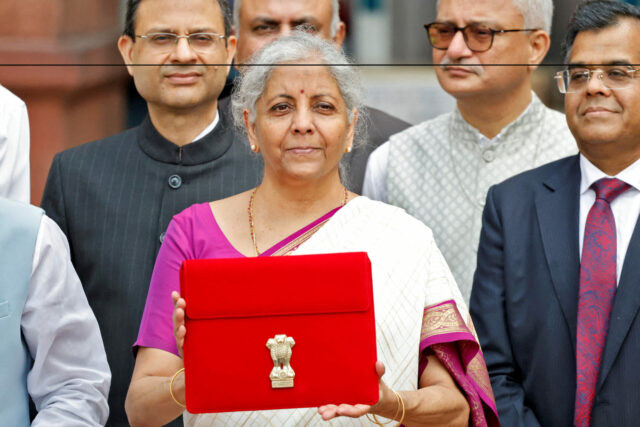In India’s budget, Finance Minister Nirmala Seetharaman unveiled plans to increase the tax on capital gains and on futures and options. The markets tanked. But whatever the pros and cons of that move, the minister’s seventh budget underscored the government’s focus on key technology sectors.
Allocation for nuclear power has gone up in India’s budget from Rs442 crore to Rs2,228 crore, an increase of Rs1,786 crore. The government wants to triple nuclear power generation capacity from the current 6,780 MW to 22,480 MW by 2031.
Twenty new reactors are expected to be commissioned by that date, adding to the 22 reactors currently operating. These include 18 Pressurised Heavy Water Reactors and four light water reactors.
Interesting is the reference in India’s budget to the setting up of the Bharat Small Reactors, and the R&D to develop Bharat Small Modular Reactors and newer technologies.
The Russians are offering their 200 MW small reactors, but Dr Anil Kakodkar, former chairman of the Atomic Energy Commission told Stratnewsglobal in an interview four months back, “The 220MW Indian Pressurised Heavy Water Reactor is a proven design and there are 17 such reactors in operation. These are presently being scaled up.”
All India needs, he said, is to “modularize” them in a factory where mass production can take place which in turn brings scale, lowers costs and helps innovation. The reactors can be sited in locations where defunct coal power plants sit with ready access to water and the power grid.
Incidentally, in May last year, the country’s sole builder of nuclear power plants Nuclear Power Corporation of India Ltd, signed a JV with the National Thermal Power Corporation to develop nuclear power plants. They will build two 700 MW reactors at Chutka in Madhya Pradesh, and four 700 MW reactors in Rajasthan.
This is expected to speed up the construction of such plants and help India meet its zero-carbon emission target by 2070.
Also important is the Critical Minerals Mission unveiled in the budget, which focuses on domestic production, recycling and overseas acquisition of critical minerals.
“It’s mandate will include technology development, skilled workforce, extended producer responsibility framework and a suitable financing mechanism,” Seetharaman said.
The mission clearly aims to address the dependence on China for these minerals. The exemption from customs duty covers 25 minerals that includes lithium, cobalt and copper crucial for the nuclear power, renewable and other sectors. This could help boost the processing and refining of such minerals and secure their availability for strategic sectors.
The lifting of basic customs duty on molybdenum and chrome is expected to bring down the production cost for Indian steelmakers, who can now compete with their foreign counterparts in South Korea and Japan.
While the allocation for R&D has gone up to Rs1,200 crore, another Rs1,000-crore will go into a venture capital fund for space development.
The budget announced the operationalization of the Anusandhan National Research Fund set up in February on the lines of the US National Science Foundation. It will fund research proposals mooted by scientists and engineers.
The foundation will work through IITs and regional and state-level institutions to identify and fund suitable projects. Quantum computing is one area that could attract the foundation’s interest. It is hoped that the foundation will foster a culture of R&D and innovation.
Foreign Direct Investment rules have been simplified as also opportunities to use the Indian rupee in overseas investments. The corporate tax on foreign firms has been cut from 40 to 35% as incentive to come to India or expand their existing businesses.
The budget offers concessions for the solar power, semiconductor display manufacturing and pharma sectors.
















